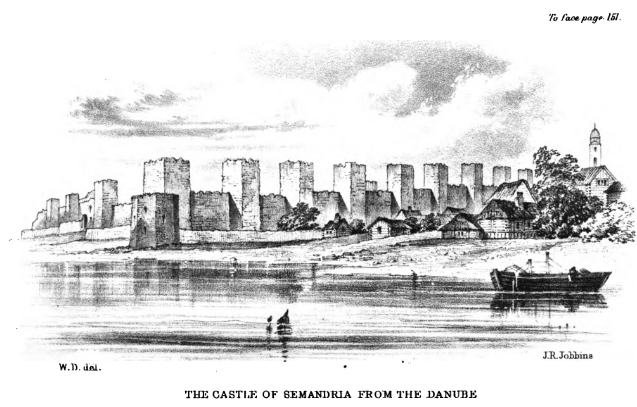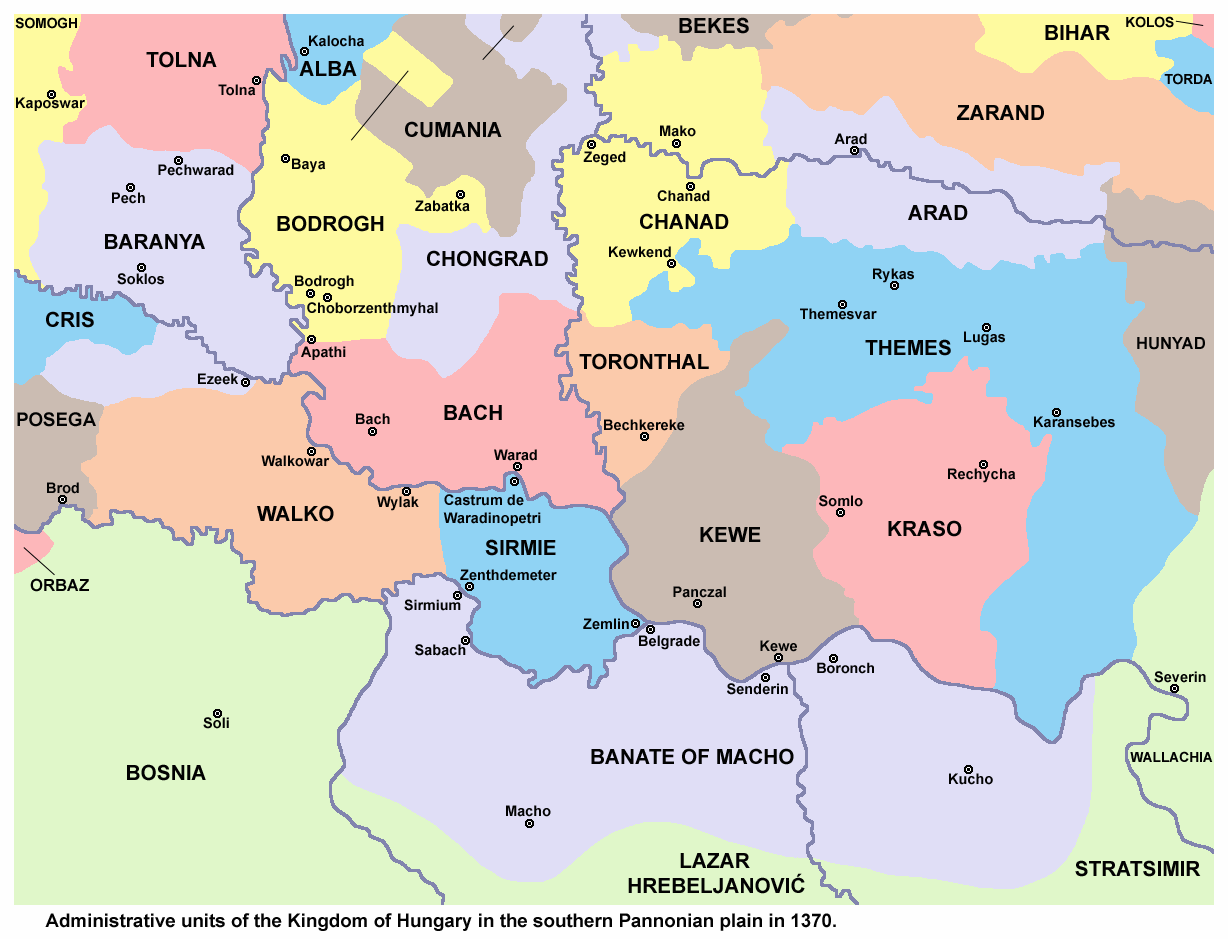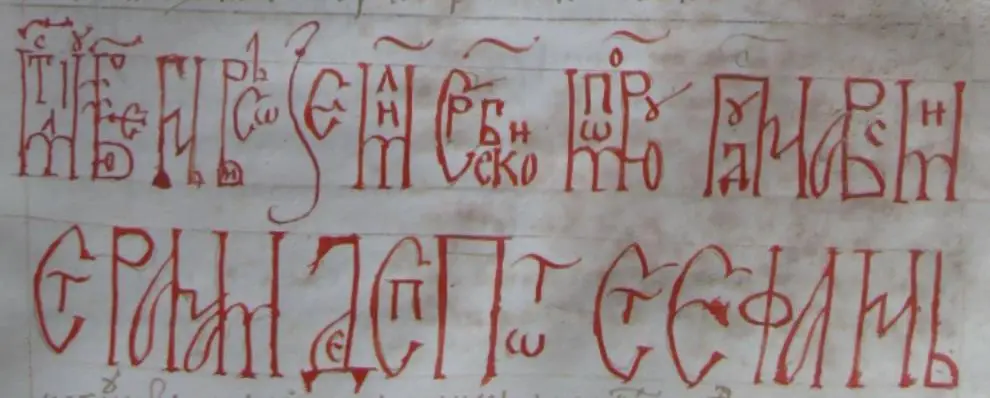By Jovan Dučić
First published in Amerikanski Srbobran, 1942
VII
It is impossible for any sane persons to assume that the Austrian occupation of Bosnia and Herzegovina was fought for both the Roman Pope and the Viennese Kaiser, while Strossmayer, a highly respected magnate of this Church, sat idle; and dreaming about Orthodox Serbia taking those areas where almost a quarter of Catholics lived!… The religious war in Croatia against Serbs was directed from Vienna hardly a century earlier based on the will of Maria Theresia and for many years. We will list a document which is sufficient to showcase what was in the background this time as well. In the already mentioned book by the historian Fra Gavranović, it is written: “an Aloysius Boroša, the superior of the nuns in Zagreb, suggests to the Austrian government that in Bosnia they should convert to Catholicism all the Muslims and then to Croatise them, in order to suppress the political aspirations of Serbia, since “the Serbian ideal” and “Serbian faith” are deeply rooted in the hearts across Bosnia, Herzegovina, Montenegro, Dalmatia, Slovenia and South Macedonia: and every Austrian patriot, whether he be German, Croat or Hungarian, should take this into account”. – Strossmayer had a great friend in Bosnia, who was also a great enemy of the Franciscans, Stadler, the Bishop of Sarajevo, who started converting Muslims to Catholicism with a Muslim woman, but the matter was discovered and became a public scandal and there was almost bloodshed.
Let us move forward.
When it came that Austria was to occupy Bosnia, Dalmatia which hoped to first be the one to get benefits from it, both spiritual and economic, was disappointed by the rule of Hungarian Minister Kállay, then Apel, then Wurtemberg, then Hoyos. A Dalmatian leader, Mihovilo Pavlinović, wrote at the time a book and a treatise, in which he was proving that Bosnia historically belonged to the Croatian people and Dalmatia. This writer, who Strossmayer called his “dear brother”, tightly connected with Đakovo, followed a big goal: if Bosnia and Herzegovina were truly tied to Dalmatia and Dalmatia then was joined to Croatia and Slavonia in a Triune Kingdom, then Bosnia, par ricochet, would be included in Croatia, which was the ideal since the time of Ilirdom.
It should not be forgotten that Strossmayer was among the first worked on this “Croatian framework”. In 1860, Kaiser Franz Joseph issued a patent on March 5th, expanding his State Council in Vienna and called on 38 councilors from all the lands of the monarchy, at which occasion Dalmatia was represented by Francis, prince Borelli from Zadar and Croatia by baron Vranyczany from Zagreb. At the session of 25 September in that same 1860, Vranyczany started the question of the unification of Dalmatia with Croatia (as Dalmatia was governed by Austria and Croatia by Hungary). Then young bishop Strossmayer immediately asked to speak to prove that “this is the historical right of mother Croatia” and “an urgent need”, which brooks no delays. At the conference of leaders which gathered later at the call of ban Šokčević to determine this question between themselves and towards the monarchy, Strossmayer again had the main argument. He also demanded Istria. (Frano Ivanišević, Narodni Preporod u Dalmaciji, 1932, 8). Later Strossmayer also never missed an opportunity to be the first in the question of tying Croatian lands into a single state and administrative bloc.
Unfortunately, Pavlinović’s book caused strife with the Dalmatian Serbs, who until this time enabled the whole struggle of Croats against Italians fro the national language and schools in Dalmatia. Suddenly the ties were cut off, as if with a sword after the Pavlinović’s book, when Dalmatian Serbs started being told about the false rights of Croatia and Dalmatia to Serbian Bosnia. They quickly formed a separate Serbian Club and their newspaper “Srpski Glas” in Zadar, pointing out that only Serbdom has historical rights to Bosnia and Herzegovina and that therefore, there is no point of continuing brotherly relations in such a way. Since until then Croats were only succeeding due to Dalmatian Serbs, these cancelled their help at the next elections after this kind of a swindle, voting with the autonomists, making the Croats lose the majority; even their highly regarded leader Miho Klajić did not enter the Sabor [tran. note: parliament]. Croats then cried out: Traitors! Thus later in Croatia, after violence by Croats, Serbs will go into policies with Hungarians for tactical reasons, for which Croats will also shout out at them: Traitors! Hungarisers!
Along with the Austrian occupation of Bosnia came many agile friends of the Đakovo bishop Strossmayer. Specifically Dlustus for education, Treščec for administration, Hermann for propaganda. However, even with all the Ilirdom and later Yugoslavism, the Croatian movement in Bosnia was limited to purely Catholic masses. – In other Serbian lands, where there were Catholics, the Croatian name was not sufficiently understandable; even after a longer period of time. A well-known scientists from Dubrovnik, Dr Baldo Bogišić, asks in this experiment his friend professor Vjekoslav Jagić: “Because who are true Croats? Are those the kajkavians of the of the western three municipalities, or Croats are only čakavians of the Dalmatian islands, as Daničić thought; or Croats are those settlements in Hungary (and in Burgenland) where Kurelac (a musician) gathered poems…” This Catholic from Dubrovnik poses this question to Jagić already on 14 September 1894!… (Jagić, Spomeni, 356). The great Serbian philologist Daničić did indeed write that Croats are found only in three municipalities, where instead of “šta” they used “kaj”; and that therefore they are called kajkavians; adding: “But their language is a transition from the new Slavic (that is Slovenian) to the closest neighbouring one” (Dr Daničić, Dioba slovenskih jezika, Beograd, 1874). Daničić’s thesis was that Croats were in their base only the čakavians, as can be seen in his study “Razlika između srpskog i hrvatskog Jezika”. As far as Serbs are concerned, all štokavians are Serbs (as was also claimed by Vuk Karadžić), no matter where they live, thought Daničić as well.
Strossmayer’s people in Bosnia still did incredible things. Among others, they collected Serbian national poems there and sent those to Matica Hrvatska, which published them in 12 tomes, as “Hrvatske Narodne Pesme”! [tran. note: “Croatian National Poems] This was undoubtedly the greatest and ugliest plagiarism ever done in European literature. This time even Croatian scientists themselves were indignated, who put literature outside of politics. Jagić, a professor of the Viennese university wrote to Dr Frano Rački, a historian: “Thus Matica Hrvatska caused with its decision to publish supposed “Hrvatske narodne pjesme” a whole storm of fear. THAT WE WILL STEAL THAT TREASURE AWAY FROM SERBS AS WELL. I truly think that when it comes to national epic poetry Croatian name should not be overly put forth; because all that had old Croatian motifs, seems to me to have GONE DOWN THE DRAIN under the wave of new subjects, which came with the Turks from the East. (Jagić, Spomeni, I, 167). As can be seen, Jagić pays draws attention that after the arrival of Turks and the creation of the Serbian epics about Kosovo and Marko at the time, Serbian national poems were undoubtedly a purely Serbian creation, which should not be so unscrupulously usurped in Zagreb.
Evidently, Serbdom in Bosnia did not have a more dangerous enemy than the chief of Croatian “Yugoslavism”, bishop Strossmayer, who was accepted without reserve by our scarcely educated Serbian politicians, mostly on the recommendation of our Serb politicians from Croatia, the most confused of our public figures of their time. They almost pushed forth Strossmayer as the second St Sava! Even if he was a special friend to the Kaiser and the Habsburg dynasty and best Austrophile and the most honest propagator of Catholicism in partibus infidelium.
Translated by Books of Jeremiah



